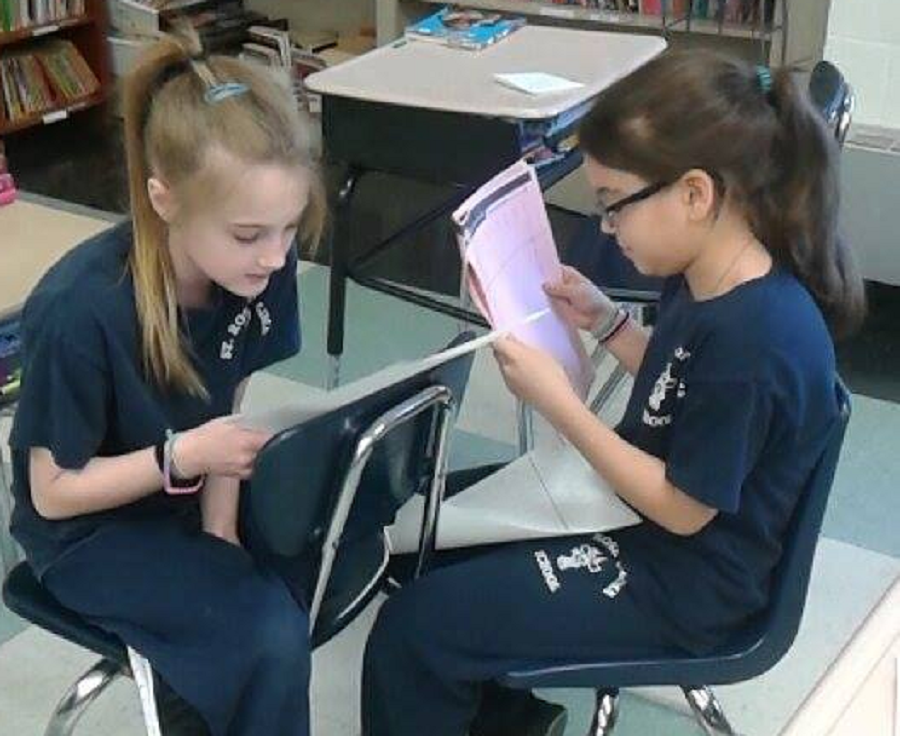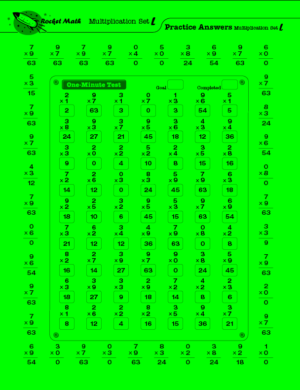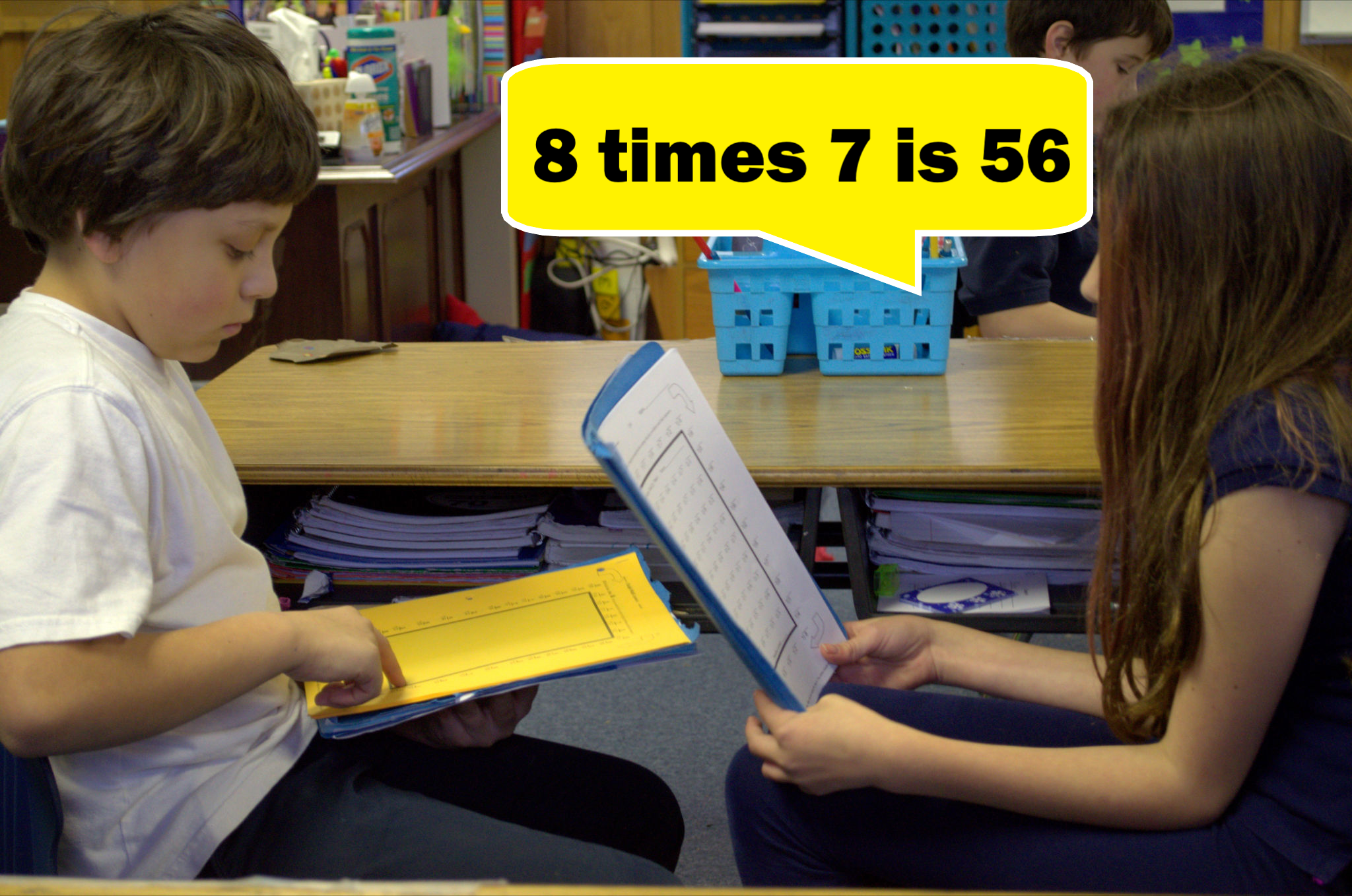A parent asks:
I am a parent of a second grader who struggles mightily with her math facts. Her school does not do Rocket Math, although other buildings in our district use your program. I would like to know if your math facts program is appropriate for me to buy to use at home with my daughter. Also, does the Rocket Math basic subscription contain the complete program that a classroom would get?
Dr. Don answers:
Yes, the Rocket Math worksheet program is appropriate to buy to use at home with your child. The basic subscription has everything a parent or classroom teacher needs to run the program. But…
That being said, a parent at home may want to consider using Rocket Math flashcards instead of the worksheets in the original Rocket Math program. Flashcards are designed for one-on-one where the worksheets are designed to run an entire class at the same time. You can download the Flashcard Directions for free–and I highly recommend you doing that, so you know exactly how to work with your child effectively to learn math facts from flashcards. I really like the watch-your-favorite-TV-show-together-and-do-flashcards-during-all-the-commercials plan.
If you are teaching your child math facts at home, you definitely wouldn’t want to work on more than one operation at a time; addition in first grade, subtraction next in second grade, multiplication in third, and division in fourth grade.
The practice procedures are very similar between the flashcards and the original worksheet program. In both cases the student is to read aloud the problems and say the answers from memory without hesitation. The person listening (tutoring) provides the same correction procedure–saying the correct fact and answer, having the student repeat the fact and the answer three times, then doing two more problems before revisiting the target fact (the one on which there was an error or hesitation). The difference is that in the worksheet program students are reading facts from the worksheet, while in the flashcard program the student is reading the facts off the flashcards.
With the worksheet program you will have to print out the worksheets, the writing speed test, the goal sheet and the rocket chart. Each time you give the student the one minute test (to see if they are ready to move on to the next sheet) you’ll use up that sheet and have to print a new one. When your student passes the set of facts on that sheet, you’ll need to print the worksheet for the next set. With the flashcards, no additional printing is required. That alone is reason to use flashcards in my mind.
There is one very special circumstance in which it might be important to use the original Rocket Math worksheets at home. If your child is using Rocket Math in school, AND if the program is not being run correctly, AND if your child is being frustrated–then you might want to get a subscription. Watch our YouTube video on how to tutor Rocket Math.
If you read the Rocket Math Directions FAQs, you will be able to discover what is wrong at school. It may be that not enough time is spent practicing, or practicing the right way. It may be that your child’s handwriting speed was not taken into account when setting their goals. It may be that your child’s student partner in school is not correcting errors or hesitations in the right way. In any case it would be very important to show your child that he or she CAN in fact learn math facts successfully (all children can) and to overcome the frustration that improper use of the program is causing.
So you can buy and use the original Rocket Math worksheet program at home, but think about whether flashcards would be easier than the worksheet program. Teachers can’t effectively use flashcards in their classrooms because they can’t monitor the learning of that many students at once without the testing procedure. But you can when you are home alone with one child at a time–so flashcards can work for you.











